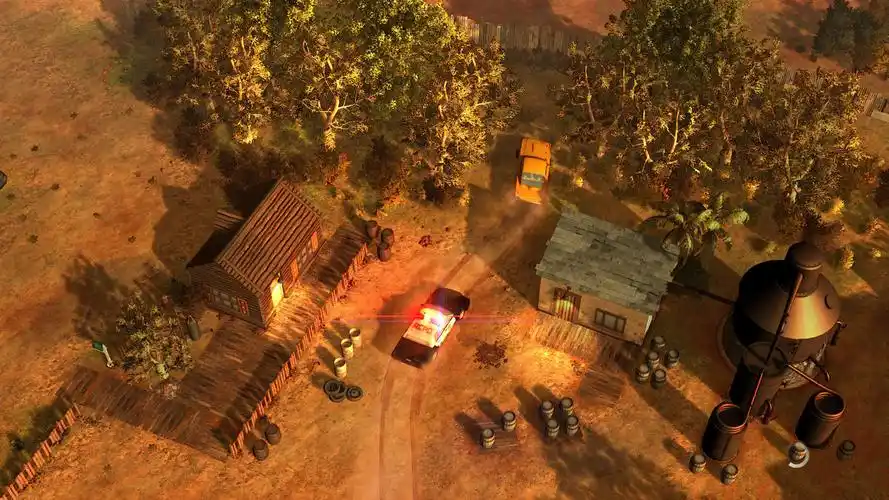Fortnite - Creative Maps: Popularity Factors - A Review
Introduction
Fortnite, developed by Epic Games, has evolved beyond its Battle Royale roots to become a platform for creativity and community-driven content. One of the most significant features contributing to its longevity is Fortnite Creative, a mode that allows players to design and share custom maps. Over the years, certain Creative maps have gained massive popularity, while others struggle to attract players. This article explores the key factors that determine the success of Fortnite Creative maps, analyzing gameplay mechanics, design principles, and community engagement.
1. Gameplay Innovation and Uniqueness
The most successful Fortnite Creative maps often introduce fresh gameplay mechanics that stand out from standard Battle Royale or Zone Wars modes. Players are drawn to experiences that offer something new, whether it’s:
- Obstacle courses (Parkour maps) – Fast-paced, skill-based challenges.
- Horror survival maps – Atmospheric, tension-filled gameplay.
- Role-playing (RPG) maps – Story-driven adventures with progression systems.
- Mini-games (Prop Hunt, Deathrun, etc.) – Competitive or cooperative fun.
Maps like "The Pit" (a fast-paced free-for-all) and "Red vs. Blue" (team-based combat) thrive because they offer replayability and unique mechanics that keep players engaged.

2. Visual and Level Design Quality
A well-designed map is visually appealing and intuitive to navigate. Key elements include:
- Aesthetic consistency – A cohesive theme (futuristic, medieval, post-apocalyptic, etc.).
- Optimized performance – No lag or excessive loading times.
- Clear objectives – Players should immediately understand the goal.
Maps like "Deathrun" series succeed because they balance challenging obstacles with smooth visual flow, ensuring players remain immersed.
3. Social and Community Engagement
Popular Creative maps often benefit from community support. Factors include:
- Streamer and influencer exposure – When big creators play a map, it gains traction.
- Regular updates – Developers who listen to feedback and tweak mechanics retain players.
- Competitive events – Leaderboards and tournaments encourage replayability.
For example, "Box Fights" became a staple in the competitive scene due to frequent updates and influencer endorsements.
4. Accessibility and Ease of Play
A map doesn’t need to be complex to be successful. Many top-rated Creative maps are easy to learn but hard to master, such as:
- 1v1 Aim Trainers – Improve shooting skills quickly.
- Edit Courses – Help players master building techniques.
- Hide and Seek variants – Simple yet endlessly entertaining.
Maps that cater to both casual and competitive players tend to have broader appeal.
5. Monetization and Support from Epic Games
Epic Games has introduced Support-A-Creator (SAC) codes and Featured Islands, which incentivize creators by offering revenue shares. Maps that get featured in the Discover tab gain massive exposure, leading to sustained popularity.
Conclusion
The success of a Fortnite Creative map depends on multiple factors: innovative gameplay, strong visual design, community engagement, accessibility, and developer support. By analyzing popular maps, creators can refine their designs to maximize player retention and visibility. As Fortnite continues to evolve, Creative mode remains a vital part of its ecosystem, fostering endless possibilities for both players and creators.



















